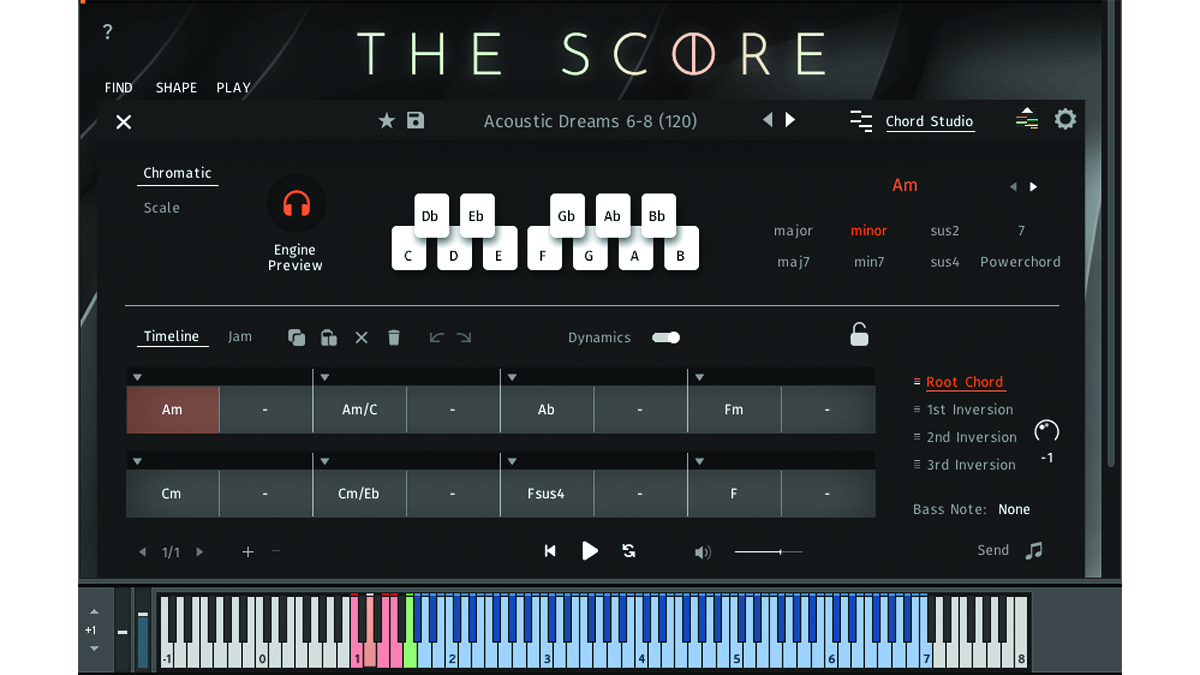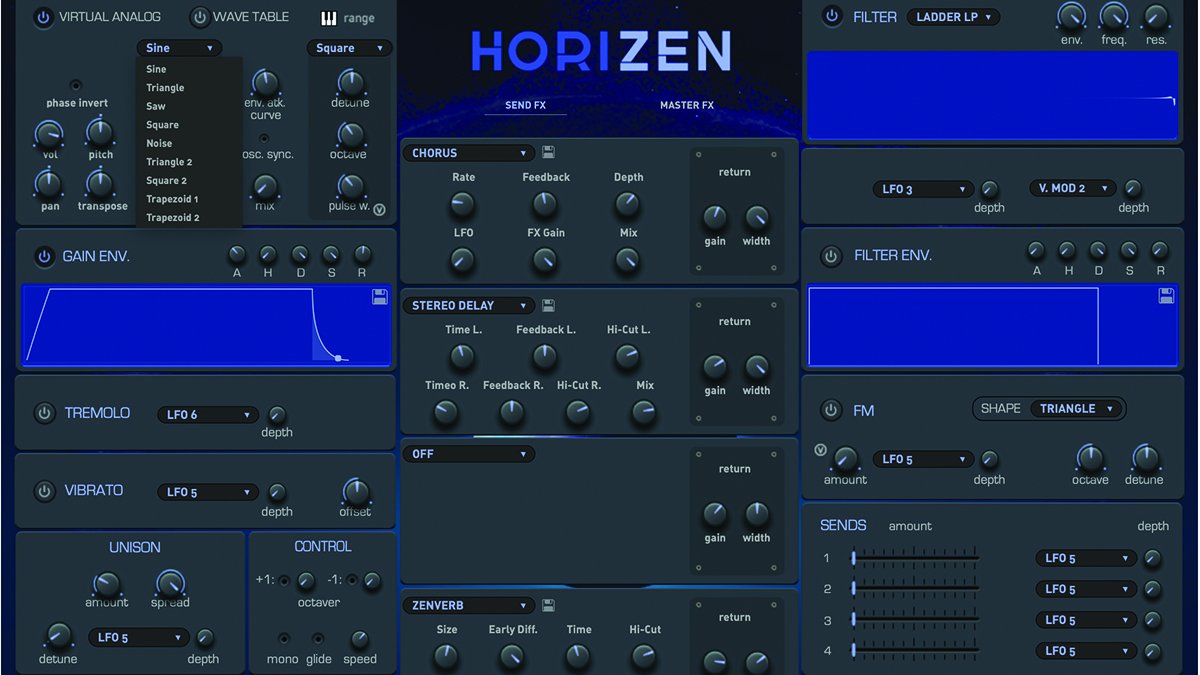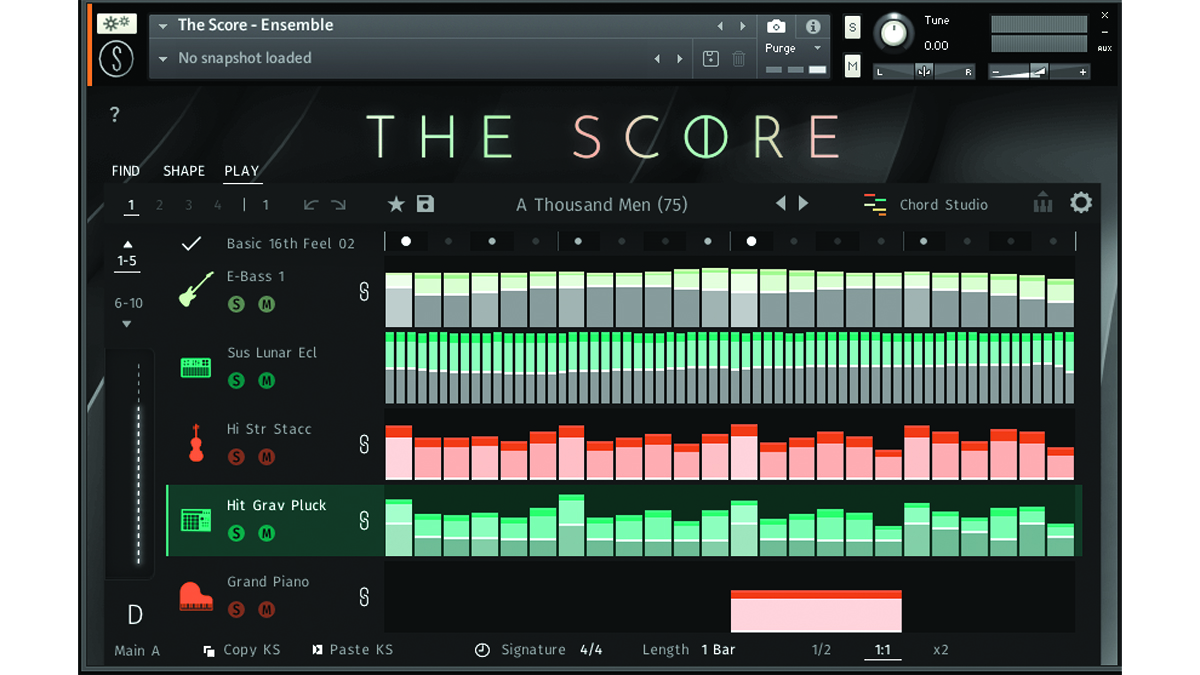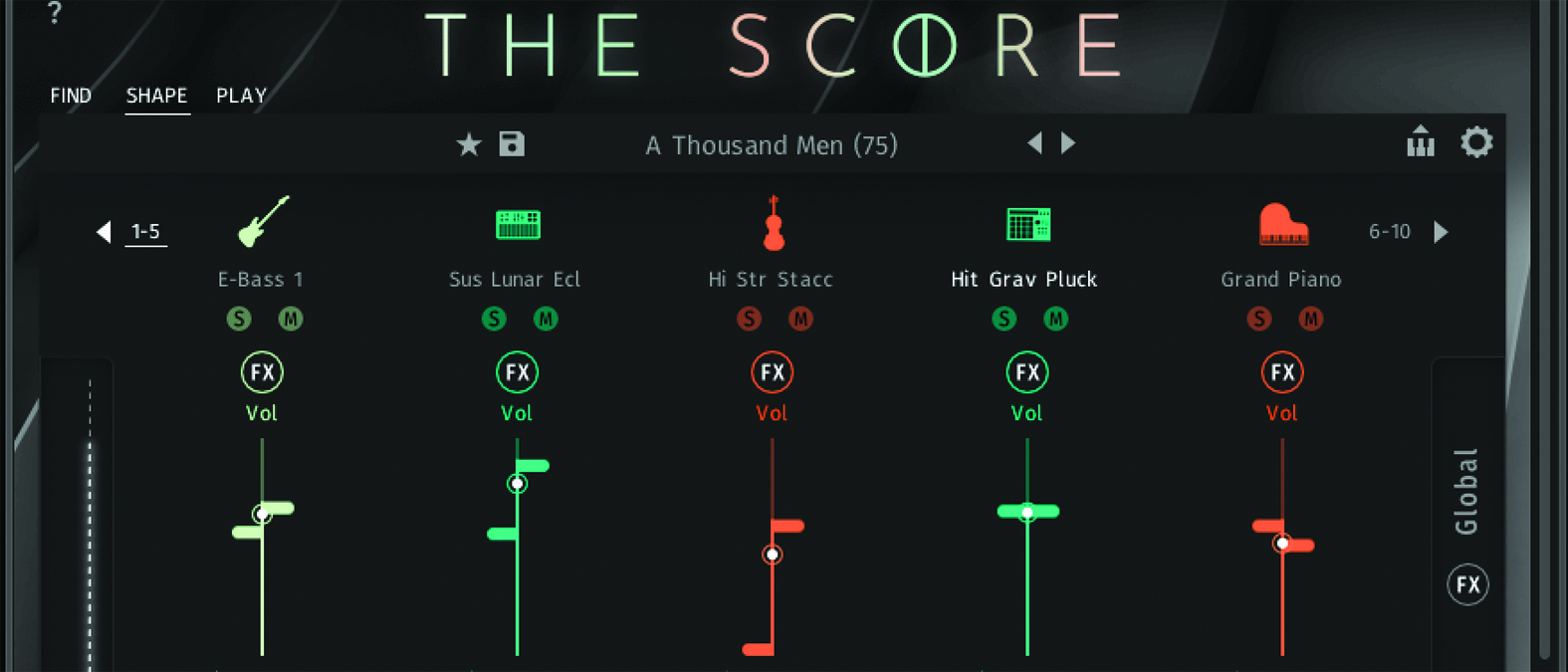MusicRadar Verdict
The Score is a lot more than an auto-accompaniment score generator, with enough creativity to act as a fantastic launchpad for your scoring journey .
Pros
- +
Lots of score variety.
- +
Loads of instruments to change up.
- +
Amazingly creative and performance features in Play Mode.
- +
Easy to change the Stories it generates (which you should do).
Cons
- -
Quite expensive.
- -
Some niggling bugs in Logic.
MusicRadar's got your back
Sonuscore The Score: What is it?
With AI making it easy to produce music, one area that remains a mystery to many is that of the film score. Wouldn’t it be good to have an application that makes it as easy to produce a score as saying ‘I want it in this style, with these instruments’?
Well, Sonuscore’s The Score aims to do just that, but claims that you are always at the steering wheel, even though the software appears to be doing the driving.

Sonuscore The Score: Performance and verdict
It’s a shame there’s no AI involved in installing The Score, as if you are new to either the Best Service or Native Instruments worlds, it can be a faff. Register at Best Service to insert the key to download the content, and then do the same at NI to download Native Access and Kontakt Player (or Kontakt) to run it. Make sure you have the latest versions and don’t, as we did, move the content or else everything will have ‘fun’ trying locate it. And don’t panic when your The Score UI doesn’t look like it should. You’ll need to load an Ensemble, not the single Lead Instrument mode it loads as standard. An hour and a half of life we’re not getting back later, we’re up and running.

• The Synth Factory Horizen
We’ve just reviewed this, and it’s a great soundtrack instrument.
• Heavyocity Gravity
It might be getting on a bit but this is still a great title for film scores.
The main point of The Score is that it lets you find score styles by Genre (including Action, Adventure, Trailer, and Thriller), and Style (from 12 including Fast-paced, Intimate, Wall of Sound, Electronic and more). It then presents you with up to ten instrument parts (chosen from 160 instruments) that go together to effectively give you the score parts of your final piece; it might have rhythmic or atmospheric elements, but it should present you with ideas that work well together, and then you just record the notes and chords, which it can also help with. Sounds too good to be true, right?
Each Ensemble preset (or Story), is made of those (up to) ten instrument layers with volume, pan, octave, mute, solo and reverb send options. Each also has a very flexible effects slot, and there are global effects (times three) in a tab on the right, which are compressor, reverb and LFO.
Press the main Find tab to choose your preset (Story) by Genre and Style, and when you choose one, the title suggests a tempo to work with (which is a good idea to stick to). What is really cool is that the key switches in Kontakt will play different parts of the score of each story. So you get an intro, a couple of main parts, an outro and an ending (the mood changing for each one), with the intro tending to be sparser and building towards the main parts. It’s clever stuff, and we were genuinely surprised by the variation in content when you choose different styles, though sometimes it didn’t deliver quite the results we expected, with one electronic/sci-fi request being distinctly orchestral.
Overall, though, it is a great way to quickly generate a mood for your piece. However, and we think this is a feeling that will increase when composing with increasingly automative software like this, you do wonder how much creative input you’re having here; rather like using straight presets on a softsynth.
However, what you can then do to make it more ‘yours’ is change one or more of the 10 instrument layers. Just go into Shape mode and click on each for a menu to appear to load in more. And there is a lot more to change in Play mode too – more on this below.

The Play Mode
Each of the 10 instrument layers in The Score is playing a cycle of patterns, and a lot of the parameters within these can be changed in Play mode. You can alter the accents of the parts (or overall global accents), and the velocity dynamic and range of each of the parts. You can also choose different arpeggiator patterns (from 16), change note lengths and envelopes, bar lengths, even choose which notes – say, the middle two – play within chords!
And talking of chords, Play mode has a fantastic Chord Studio that lets you change and preview progressions and set the scale, and you can easily export any note progressions into your DAW track by track. Play mode also lets you export notes into The Score’s Lead instrument, in which you can generate more melodies (with Melody Studio) and then edit the notes. Play mode is the heart of The Score and delivers enough creativity to justify the price.
The Score out of ten
The Score is quite an investment at $399 and does initially give you ‘imposter syndrome’ feels. However, there is a vast amount you can do to turn the ideas it presents to you into completely new melodies, progressions, and complete song parts. We did find a few small bugs – hanging notes and the like – but overall this is a surprisingly helpful tool. It offers an easy door into film score creation, and a wealth of creative possibilities. Pricey, but there’s a lot in here – particularly in Play Mode – to get to grips with.
MusicRadar verdict: The Score is a lot more than an auto-accompaniment score generator, with enough creativity to act as a fantastic launchpad for your scoring journey.
Sonuscore The Score: The web says
"If you’re looking for help and tools for dramatic scoring, some fun and inspiration, then The Score is ideal."
Record Production
Sonuscore The Score: Hands-on demos
SONUSCORE
Simeon Amburgey
Kevin Kuschel
Sample Library Review

Sonuscore The Score: Specifications
- macOS 11 or higher.
- Windows 10 or higher.
- KONTAKT version 7.7.1 or higher.
- CONTACT: Sonuscore
Andy has been writing about music production and technology for 30 years having started out on Music Technology magazine back in 1992. He has edited the magazines Future Music, Keyboard Review, MusicTech and Computer Music, which he helped launch back in 1998. He owns way too many synthesizers.
With its latest free update, Ableton has finally turned Note into the app I always wanted it to be
Technically capable, but struggle to make your tunes sound musical? 5 simple music theory hacks to make your tracks stand out
"Despite its size, it delivers impressive audio quality and premium functions as well as featuring a good selection of inspired sounds": Roland GO:Piano 88PX review














